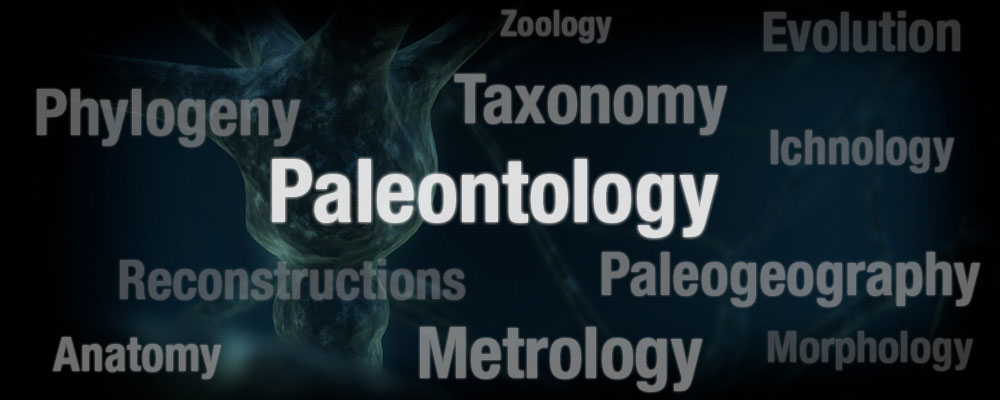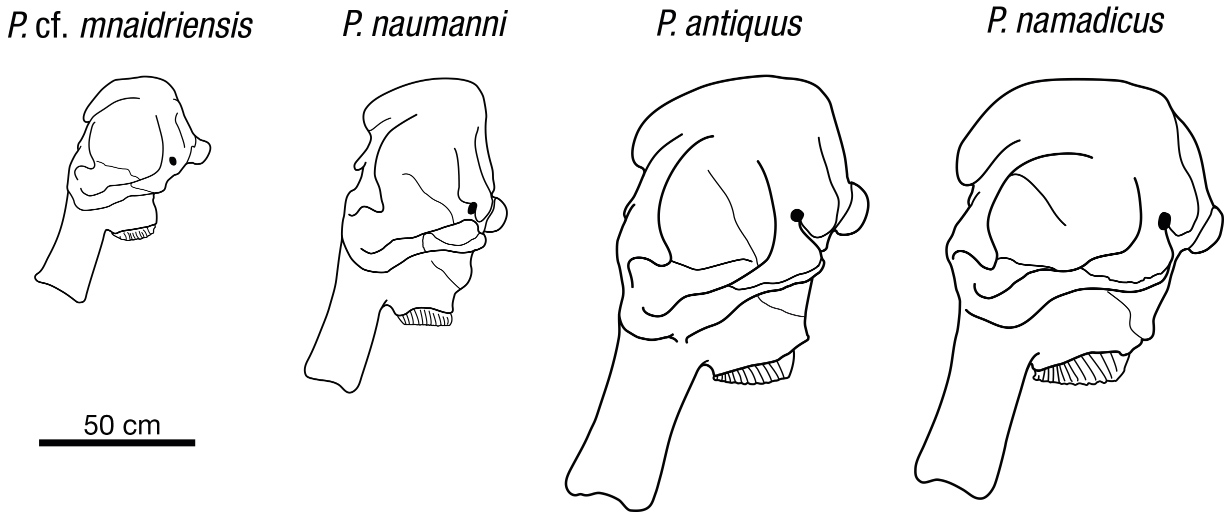
Publications The evolution of Palaeoloxodon skull structure
- Bruhathkayosaurus body mass
- Dinosaur densities press release
- Tetrapod body densities
- Sauropod Encyclopedia
- Palaeoloxodon skull evolution
- Palaeoloxodon poster
- Theropod Encyclopedia
- P. antiquus from Germany
- The Body Size of Proboscideans
- Siculo-Maltese dwarf elephants
- Songhua River Mammoths
- Dinogeography
Authors: Asier Larramendi, Hanwen Zhang, Maria Rita Palombo, Marco P.Ferretti
The evolution of Palaeoloxodon skull structure: Disentangling phylogenetic, sexually dimorphic, ontogenetic, and allometric morphological signals
Highlights
• The parieto-occipital crest (POC) is a unique skull feature of the extinct Pleistocene elephant Palaeoloxodon.
• Presence of Palaeoloxodon fossils with modest and strong POC are known from Europe, which has caused taxonomic confusions.
• We conclude that all European Palaeoloxodon belongs to a single species, with ontogeny-related variation in POC development.
• The Indian P. namadicus is distinguished from European P. antiquus by much stouter cranium, and less robust limb bones.
• P. turkmenicus and P. naumanni may represent plesiomorphic early offshoot of Palaeoloxodon evolution in Asia.
Abstract
This paper presents a reappraisal of evolution in the extinct Pleistocene straight-tusked elephant Palaeoloxodon, based on cranial morphology. Particular emphasis is given to the parieto-occipital crest (POC), a specialised structure of the Palaeoloxodon skull. A key aim of this contribution is to discuss the systematic significance of the so-called “Stuttgart” and “namadicus” cranial morphs among Eurasian Palaeoloxodon. Materials examined and discussed mostly represent large-sized continental species from several Afro-Eurasian localities, but includes also the small-sized endemic elephant Palaeoloxodon cf. mnaidriensis from the late Middle-early Late Pleistocene of Sicily. In Africa, where the lineage originated, the morphological evolution of Palaeoloxodon concerned both skull and molariform teeth, which became strongly hypsodont and bore up to 19 lamellae. This dental morphology underwent little notable evolutionary change in Eurasian Palaeoloxodon, contrasting to the marked disparity in their cranial morphology, best elucidated by variations in the POC. Maturation of a strong POC in Palaeoloxodon antiquus, P. namadicus and P. cf. >i>mnaidriensis (Puntali Cave, Sicily) during ontogeny shows a consistent pattern: incipient folding at the M1 stage; complete folding at the M2 stage; further downward migration of the POC towards the nasals at the M3 stage. The POC morphology and variation result from complex interactions of factors, which include, to varying degrees, ontogeny (juvenile vs adult), allometry (e.g. skull size and shape) and possible phylogenetic inertia. Some evidence of sexual dimorphism in POC development is observed in P. namadicus, P. naumanni, and possibly P. antiquus, this is a possible allometric effect which reflects on the markedly greater body size of males at full maturity compared to females. Skull shape and variability of the POC, as well as postcranial proportions, support the specific separation of P. namadicus and P. antiquus. However, the observed pattern of intrapopulational POC variability from German and Italian P. antiquus samples does not support a turnover of the two distinct Palaeoloxodon species in Europe during the Middle Pleistocene (MIS 11–MIS 7). The poorly known P. turkmenicus might represent a separate Middle Pleistocene Palaeoloxodon species from Central Asia more plesiomorphic than either P. antiquus or P. namadicus. P. naumanni from Japan possesses a combination of primitive and derived, autapomorphic characters, supporting its interpretation as an early offshoot during Eurasian Palaeoloxodon evolution.






